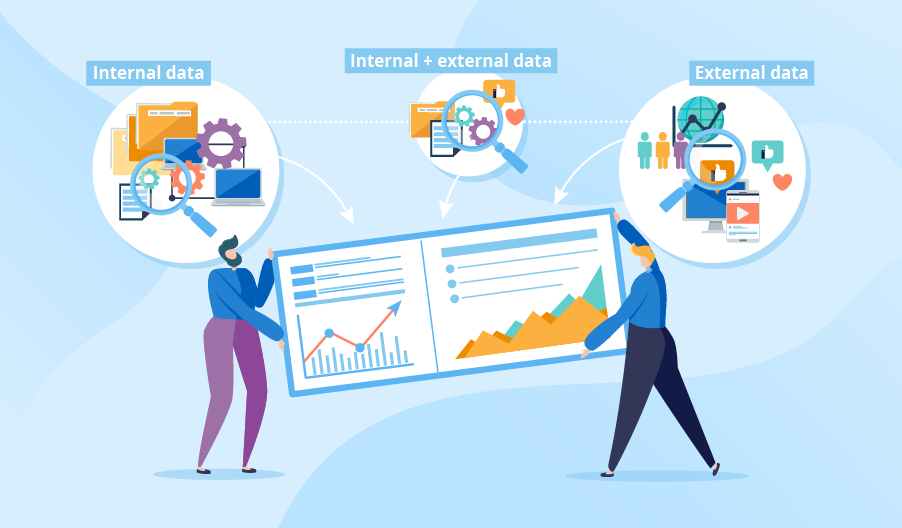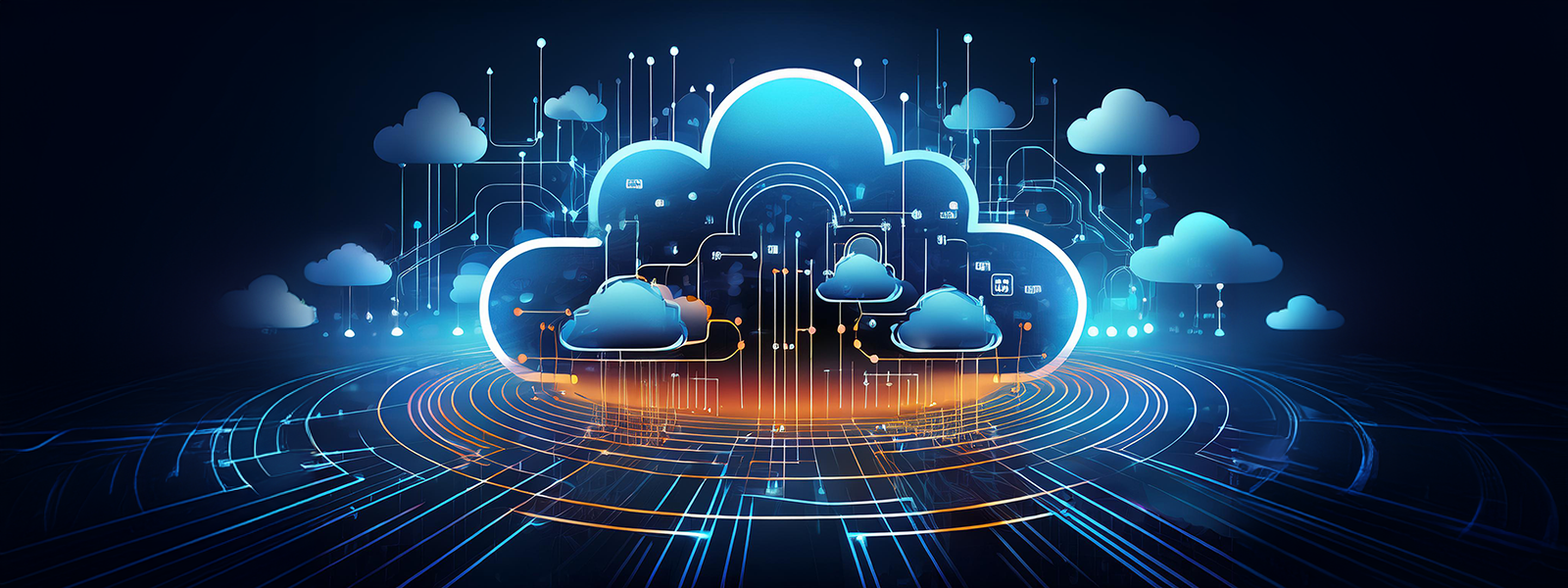The volume, velocity, and variety of data is increasing with each passing day and it has become even more imperative for businesses to tap into this gold mine. Data analytics, in the big run, is helping organizations from all walks of life to monetize this data by deriving in-depth analysis. The era of 2022-25 is going to be about data monetization driven by analytics. This helps directly impact the bottom line of the company while improving its operational efficiency and deriving insights to enhance customer experience.
According to the Big Data Analytics Services Global Market Report, 2023, the Big Data Analytics Services market is expected to grow to $121.65 billion in 2023 from $107.85 in 2021, at a compound annual growth rate (CAGR) of 12.8%. This gives companies plenty of opportunities to expand their businesses, gather useful business intelligence, and gain insights into consumer behaviour. Several data and analytics trends are bound to give direction to the new-age businesses in 2023.
Here are 8 data analytics trends that will rule in 2022.
Cloud-Based Data Analytics
Cloud-based data analytics allow non-technical users to easily access, apply, and analyze large volumes of information in a safe, secure, and convenient environment. They also provide systems administrators with the ability to centralize management and improve workflow efficiency. They extract value from the disparate sources of information that comprise modern IT environments.
New Privacy Laws Will Spur Innovation
The first thing to understand about these regulations is that there are a lot of them. The ones followed globally like the General Data Protection Regulation (GDPR), which has been in force in Europe since May 2018, and its California cousin, the California Consumer Privacy Act (CCPA). In Europe, new rules are coming into force under the Privacy and Electronic Communications Regulations (PECR), and Australia's Consumer Data Right will start this month. The ePrivacy Regulation is expected to follow next year. Canada has a privacy act too: it's called the Digital Privacy Act. Further, New York has just passed something called the SHIELD Act, adding even more compliance requirements for businesses with New York customers or employees.
What all of these laws have in common is that they require companies to think carefully about how they collect data from individuals. They also have to make sure that they have clearly defined processes around deleting data when asked by users, or if it’s no longer necessary for whatever purpose it was collected for in the first place.
Streaming Analytics
Streaming analytics is a subset of real-time analytics. In streaming analytics, the processing is in real-time rather than batch processing. It can be integral to providing insights on the go, especially for use cases such as fraud detection, supply chain optimization, and machine maintenance.
In 2022-23 streaming technologies will have matured to a level where they will support a variety of use cases like :
- Fraud detection
- Supply chain optimization
- Machine maintenance
- Recommendations to customers or employees and more
Democratized analytics
Democratized data refers to making analytics accessible to everyone in the organization, not just data scientists. It involves a combination of advanced analytics tools and data literacy: ensuring that every employee has data skills to understand and work with data, helping them ask the right questions and solve problems. It is an essential step towards data literacy that will help less-technical employees, such as marketers or salespeople understand, communicate with, and work with data.
IoT, AI, And Machine Learning Convergence
IoT, AI, and machine learning are already changing how we live our lives. But their convergence will further transform how we work and do business. The result will be new products and services that improve our quality of life from the living room to the boardroom.
Data analytics is critical for processing the data collected by IoT sensors. It is also used to develop and train AI algorithms, which can discover patterns in data that would otherwise be missed by humans. As IoT sensors proliferate into every corner of our lives, vast quantities of data will be collected in real-time. This data can then be analyzed using AI to learn more about what it means to us as individuals and organizations, enabling new possibilities.
Predictive Maintenance Using Big Data Analytics
Predictive maintenance is a branch of predictive analytics that forecasts when equipment will need maintenance. Predictive maintenance can identify potential equipment failures, help reduce downtime and costs, and avoid unnecessary service calls.
Predictive maintenance uses real-time data from various sensors to determine the condition of an asset. This technology predicts when equipment will need maintenance, ensuring that it operates at peak performance while reducing downtime and costs.
Automated Machine Learning and Data Science Platforms
Automated machine learning works by automating the data science process. Therefore, instead of spending hours looking at algorithms and deciding which one is best to use, a machine learning platform can do all of the work for you. The software will analyze your data set, create different models and test them to see which works best. The software is an option for data scientists who don't want to worry about knowing all of the ins and outs of how algorithms work.
Self-Serve Data Analytics
Self-service data analytics solutions are a popular topic across industry and executive surveys. This trend has been ongoing for a while as vendors like Tableau, Power BI, QlikView, Domo, and many others have made it far easier to visualize and share insights with more people within an organization. Beyond being more user-friendly, vendors are providing cloud-based offerings that make it even easier to deploy, integrate and use analytics tools. With the power of self-service data analytics solutions now available to the masses, we can expect more businesses to leverage data on their own without relying on their IT staff or external consulting companies. The advantages include greater agility through faster time to insight and reduced costs by enabling business users instead of IT pros or consultants.
Conclusion
Data is more than just a trend; it's the backbone of most organizations that are looking to monetize their data. In short, data has become more important than ever, which is bound to make a difference, especially for new-age businesses. The establishment and adoption of the right BI tools and data governance practices would lead organizations to predict the business outcome while taking informed business decisions, allowing full control of their bottom lines.





